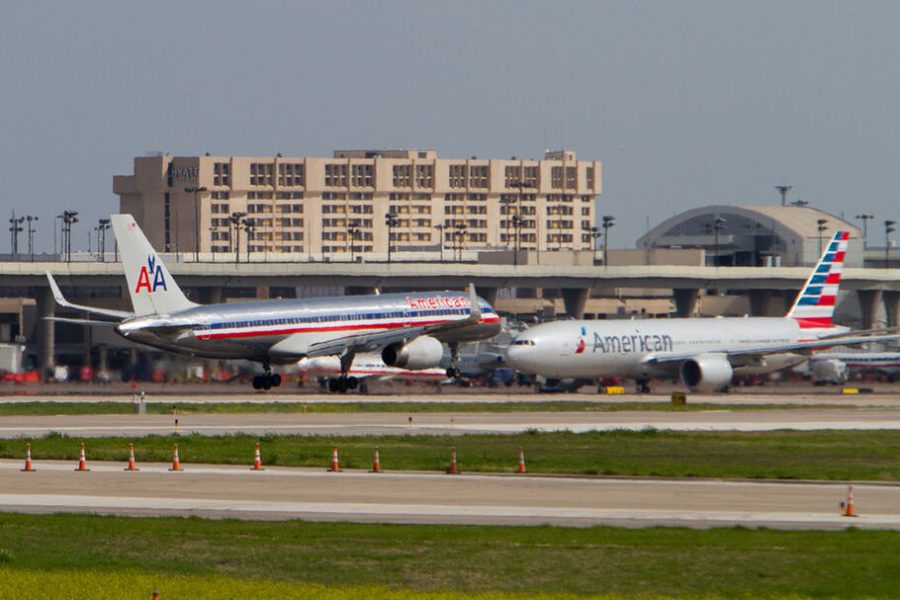
Post-COVID aviation industry sets sights on a sustainable future

The COVID pandemic caused unprecedented chaos in economies and businesses, causing many to reel under the stress and cave in. One of the important aspects the infection brought to the fore was the importance of sustainability for business resilience. Today, as the world recovers from the crisis, governments, businesses, and communities are looking beyond near-term measures to a long-term sustainable and inclusive recovery.
Climate change around the world is taking environmental, social, and economic concerns to a new level, pushing organizations and nations to adapt to changes faster than anticipated. Organizations worldwide have made efforts to decarbonize, and the urgency to accelerate such efforts is forcing a radical rethink of environmental goals.
Multi-faceted challenge
Seen from any perspective, sustainability is a multi-faceted challenge. For the aviation industry, the challenge is compounded, as it faces a tough battle to reduce carbon emissions. And yet, the whole industry is united in bringing the change to a cleaner and greener future of air travel.
Watch: ‘A sustainable planet is possible if humans become earnestly selfish’
According to the International Air Transport Association (IATA), air travel is expected to exceed 10 billion passengers in 2050. That means the expected 2021–2050 carbon emissions on a “business-as-usual” trajectory will reach around 21.2 gigatons (approx.). The global aviation industry has committed to achieving net-zero carbon emissions by 2050, supported by partnerships with governments worldwide in energy transition, innovation, and other efficiency measures. Read together with the changing nature of traveller preferences and behaviours around health and safety requirements, greater emphasis will have to be (and is being) placed on building a clean and sustainable aviation system.
As airline travel returns to pre-pandemic levels, the industry is rethinking sustainability metrics like fuel efficiencies, lighter-weight aircraft, engine designs, and infrastructure efficiencies. The global air transport industry has said on many occasions that it wants to achieve net-zero carbon emissions by 2050.
Fuelling change
Sustainable aviation fuel (SAF) has been identified as one of the critical factors in achieving this goal, and it is expected to contribute about 65% to decarbonization. Government support is critical to meet the industry’s climate goals using SAF. Flights operated on SAF can attract incentives such as passenger fee waivers and user-developed fees (imposed by airports). In India, where aviation has been identified as one of the key sectors to reduce emissions, the government is calling on airlines, airports, and ground handlers to take steps to make the transition to sustainability and a more eco-friendly sector.
Also read: Health to finances to politics: 10 lessons from living with COVID
In 2022, the aviation industry took steps to accelerate technologies to decarbonize air travel. Hydrogen is a high-potential technology with a specific energy-per-unit mass three times higher than traditional jet fuel. Renewable hydrogen is expected to be a solution for several industries to meet their climate targets. Given that hydrogen has the potential to cut CO2 emissions by up to 50%, it can make a real difference and can be a game-changer in the industry’s path to zero-emission flight.
At the same time, though SAF has excellent potential for securing sustainable growth by reducing CO2 emissions by around 80% compared with fossil fuels, it needs to be complemented by fuel-efficient fleets. In the past decade, many companies have made investments in modernizing fleets by taking delivery of new aircraft and retiring old and less fuel-efficient planes.
Partnering for development
Another way of tackling the issue of sustainability is by forming meaningful partnerships. By collaborating with each other, airlines will not only allow cost-saving through sharing facilities, but also pave the way for more routes and destinations by making the booking process easier, and allow for cost-saving through sharing facilities. An example of this could be witnessed last year, when American Airlines inked a partnership with Indigo to launch a codeshare agreement to sell seats on the Indian carrier’s flights operating on 29 routes.
Also read: India to add 80 more airports in 4-5 years: Civil Aviation Ministry
As manufacturers across sectors set their sights on a new horizon in sustainable business, creating a future carbon-neutral ecosystem, an emission-free aviation industry does not look like a distant dream. However, meeting the long-term net-zero goal will require the entire aviation industry to work with all its partners to deploy revolutionary technologies to reduce emissions, advocate for increased use of alternative fuels, and look at the procedure holistically. Achieving our long-term climate goals will require a new level of collaboration among industries and between the public and private sectors — and we’re already making tangible progress towards that.
(The writer is the American Airlines VP of Operations and Commercial, APAC, and EMEA)
(The Federal seeks to present views and opinions from all sides of the spectrum. The information, ideas or opinions in the articles are of the author and do not necessarily reflect the views of The Federal)

